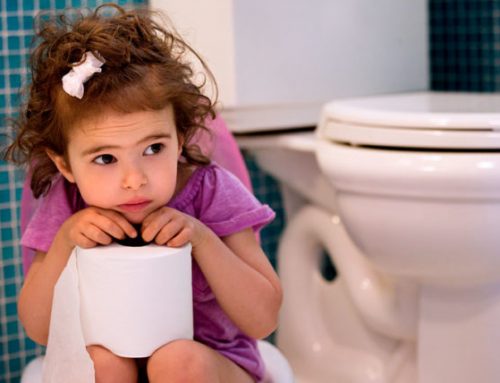What is Dust Mites?
Dust mites are very tiny insects that live indoors. They are found on pillows, mattresses, heavy curtains, couches, carpets, blankets, and stuffed toys! What’s more interesting is that they flourish in humid conditions and feed on humans’ dead skin.
House dust mites are among the most frequent sources of airborne allergens (a substance that can cause an allergic reaction) worldwide. In individuals who are genetically inclined to having allergies, the exposure to house dust mites will trigger diseases such as asthma, nose allergy, and eczema. Interestingly, it is the mites’ feces that triggers inflammation. Furthermore, the mites’ feces are small enough to breathe into the airways and lungs!

What are the symptoms of house dust mites?
• Runny nose
• Sneezing
• Stuffy, itchy nose
• Itchy, red or watery eyes
• Itchy skin
• Postnasal drip
• Coughing
• In an asthmatic child, it can cause difficulty in breathing, chest tightness, and wheezing.
How do you protect your child from house dust mites?
It is tough to eliminate house dust mites from your surroundings. But the primary site to house dust mites exposure would be the bedroom. It does not help that we spend most of our time in the bedroom, even up to 8-9 hours a day!
1. Remove all soft toys in the room.
Discourage your child from sleeping with their soft toys. If needed, substitute the soft toy with a toy that has no stuffing.
2. Wash the beddings every week, preferably in hot water.
Washing beddings in a hot temperature of > 55 Celcius, will kill the mites and wash off the allergens.
If this is not possible, use anti-mites laundry detergents instead.
The other option is to tumble dry your beddings at a similar temperature for at least 10 minutes.
Do note that dry cleaning may kill the mites, but will not thoroughly remove the allergens.
3. Keep your bedroom free of carpets.
The less heavy textile you have in the bedroom, the better! Regular vacuuming of carpets or rugs may remove the allergens, but it is not overly useful.
4. Get anti-dust mites pillow and mattress protectors.
A recent study revealed that anti-dust mite covers are effective in reducing asthmatic attacks in children.
5. Keep the bedroom dust-free
Store old clothing, books, or toys in a designated area far away from your children’s’ bedroom to prevent them from having contact with dust.
6. Keep the room humidity less than 50%
House dust mites flourish in humid environments. Hence, a room with proper ventilation and less humidity would prevent these pesky insects from multiplying.
Exposure to house dust mites could be why your child still has poorly controlled asthma, nose allergy, or eczema. In treating illness, avoidance or elimination of trigger factors are equally important.
References:
1. Innate Immune Responses in House Dust Mite Allergy by Dr Alain Jacquet ISRN Allergy. 2013; 2013: 735031
2. Preventing Severe Asthma Exacerbations in Children. A Randomized Trial Mite-Impermeable Bedcovers by Clare S Murray et all AJRCCM Articles in Press. Published on 10-March-2017 as 10.1164/rccm.201609-1966OC
3. House Dust Mites and Allergic Disease by The Royal Children’s Hospital Melbourne
LEARN MORE
LEARN MORE
INTERESTED IN PARENTING ARTICLES?
We have the right articles just for you.
“There is no such thing as a perfect parent. So just be a real one.” – Sue Atkins






